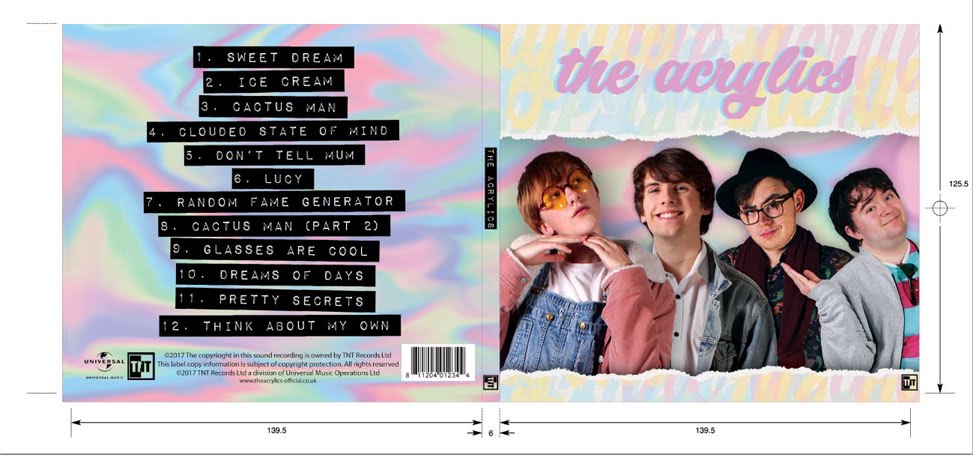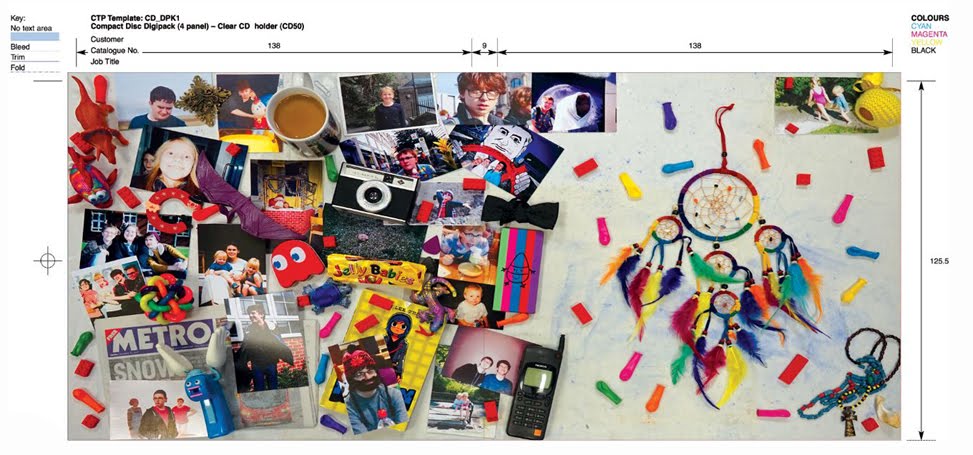 |
FORM
Opening sequences generally have a standard form - in order to work as an opening sequence, they they need to fulfill certain functions and contain certain features:
- they establish the tone of the film
Our film opening also uses an upbeat soundtrack to create a lighthearted tone, which also conflicts with the tragedy of Peter's disappearance/murder.
- they set up enigma codes that intrigue the audience
The opening to Se7en conveys a sense of mystery through the fleeting images of evidence we see (primarily words like 'sexual' and 'murder' ).
Our film opening uses similar enigma codes by introducing the characters in a similar way; showing only portions of them and at first never giving the audience the whole picture.
- they identify the protagonist
- they often include opening credits
Our film uses opening credits superimposed onto the action of the opening sequence. The 'typed' transition that these titles have compliment to the formal atmosphere created by the interrogation room, and the suspenseful tone that goes with it.
- they include idents of the companies that produced and distributed them
Our film opening includes our distribution and production company idents in the beginning of our film opening.
A mystery-drama is a sub-genre of crime. Crime films have crime as the main event in the plot and is an umbrella for many sub-genres.
Please observe my presentation below to explore the conventions of the mystery drama genre.
Our film opening uses some of these conventions. For instance, our film opening is set in an interrogation room, which is one of the iconic locations associated with mystery drama, and in this location, we included as much iconography associated with the interrogation room as possible so as to strongly establish the genre of the film.
 |
| Please click on the image to zoom in |
 |
| Here is the interrogation room from Broadchurch (TV) for comparison |
We also incorporated a lot of the same formal language associated with an interrogation room scene from a mystery drama into our dialogue:
- "Interview suspended."
- "I think it's time to call your lawyer."
- "On the 26th of November..."
Our characters also follow some of the traditions seen in mystery drama characters. Although the characters are not yet murder suspects in the film opening, the opening does show some typical detective/suspect interactions like you would see in an interrogation event from this genre. Some typical examples include the 'uncooperative teen' and the 'distressed relative' mystery drama archetypes, portrayed respectively by the characters of Raj and Cherish.
Raj chides the detective instead of taking the case seriously.
The detective fails to calm down Peter Smith's girlfriend Cherish.
One character we had a lot of inspiration for was our detective, DC Sean Mann, which is a character type that has been iconised after many on screen iterations.
 |
| The image of the detective heavily used the conventions associated with this character type. |
Narrative Structure
Film's tend to follow a similar structure of progression. Tzvetan Todorov recognises this structure in his theory of a classic narrative pattern. Inside Out is a film that follows this pattern, which I have illustrated in my video below.
Please click play on the video above to see my video on Todorov's Narrative Theory
Todorov also discusses the various attempts at a resolution, where there is hope that the disruption will be fixed, but the attempt is proven false.
Our film both uses and challenges this classic narrative pattern. There are many attempts at a resolution, as the detective follows false leads that do not solve the case.
However, because of the nature of most mystery dramas, the disruption naturally occurs very early on, so there is usually a minimal or non-existent look at an equilibrium. One example of this is in the mystery film Vertigo (1958) by Alfred Hitchcock.
Please click play on the video above to view the opening sequence for Vertigo
Similarly, our film opening begins with Peter Smith already missing and his schoolmates being questioned about his disappearance. Therefore, the balance has already shifted.
Furthermore, at the end of our film there is no satisfying resolution, as the police arrests the wrong suspect. This means that the new equilibrium settled in the conclusion of the film either doesn't exist or is one that does not benefit every character in the way that a new equilibrium might in the conclusion of a film like Inside Out.
The narrative of our film opening is not linear like most film openings; it does use a typical narrative that goes from point a to point b in chronological order, such as the opening of Vertigo. We challenge the typical narrative of a film opening by intercutting different interviews together in our film opening, meaning that the interviews happened in different scenes occurring at different times. Although the interviews are not happening simultaneously, the way we intercut them together makes it seem as if the narratives are in parallel, therefore making the story of the opening clear.
Our film opening does use some conventional character roles. Vladimir Propp suggested that characters occupied certain character functions that would drive the narrative, and in the slide show below, you can see the seven main character functions Propp suggested with the example of the mystery/comedy film Who Framed Roger Rabbit?.
- The detective is the 'hero', attempting to restore equilibrium by bringing justice to Peter's murder. He is the agent of change - by instigating the questions he poses to the teenagers, he gets closer to the truth behind Peter's disappearance.
- Peter Smith is the 'victim', his disappearance (eventually seen as murder) being the cause for the disruption.
- Cherish is the 'princess', giving the detective motivation to find Peter through her emotional delivery. However, she is shown amidst the other teenagers to be as guilty as any of them - this shows a challenge to the character function, as Cherish could simultaneously be the princess and secretly the villain.
Talia from The Dark Knight Rises is an example of when a princess can simultaneously be a villain
- For the story of the opening sequence, the officer is the helper who gives the detective news on Peter's death in the scene to assist his solving of the case, even if he is only a minor role.
Style
Every film in the crime genre has a very distinct tone and style to it, and it is often established in the very first scene.
Some crime films establish for a shocking, dark tone:

 The opening scene to The Goodfellas (1990) - please note the emphasis on shadows and artificial lighting - shifting from the warm glow inside the car to the harsh red at the trunk to signify the unmasking of their murderous personas. We used one artificial light source to create and cast long shadows, utilising the Chiaroscuro effect of suggesting moral ambiguity through shadows.
The opening scene to The Goodfellas (1990) - please note the emphasis on shadows and artificial lighting - shifting from the warm glow inside the car to the harsh red at the trunk to signify the unmasking of their murderous personas. We used one artificial light source to create and cast long shadows, utilising the Chiaroscuro effect of suggesting moral ambiguity through shadows.
Some crime films establish a mysterious tone:
We wanted the style of our film to be entertaining and suspenseful. Therefore, we used some elements that would establish the typical darker tone of a conventional mystery/crime drama, whilst also incorporating elements that would keep the film upbeat and enjoyable, so as not to make gloomy and predictable a story about a murder.
One film that achieves this balance very well is the British crime-comedy film Snatch.
The opening to Snatch (2000)
We used a very similar grading to Snatch, keeping the colour palate monochromatic in the grey/blue scheme. We also used similar editing, using some quick cuts to keep the rhythm pacy. Most notable is our soundtrack, that was inspired heavily by the soundtracks used in the opening Snatch and the theme to British heist drama Hustle - both of which are very upbeat musical tracks with emphasis on 'snapping' percussion and quirky guitar riffs.
Here are the three soundtracks, including the track we used in our opening sequence, Funky Suspense, for comparison. Please click on the arrows below to scroll between them and click the enlarge icon to make fullscreen.
Binary opposites are another stylistic choice we used to create a sense of antagonisation between the detective and the interviewees. When two people who differ are placed on frame together (e.g. formal/informal, young/old), Levi Strauss' theory of binary opposition explains how this sets up a conflict between the two contrasting figures on screen.
It is a staple of most interrogation scenes in crime dramas to have conflict between the detective and the interviewees -
A scene from crime film Hackney's Finest (2014)
- so we used binary opposites to display this conflict:
- the detective spoke in received pronunciation/most of the teenagers used slang ('He's safe' - Raj)
- the detective wore formal shirt and tie/the teenagers wore informal clothes (e.g. hoodies, sweaters)
- the detective has a stony facial expression/the teenagers were more expressive
With some research of relevant media products, we developed a broad understanding of the genre conventions of mystery dramas, as well as the basic conventions of the form of film openings. Our final product demonstrates where we have used these conventions, and where we have challenged them to create our own unique film opening.








No comments:
Post a Comment